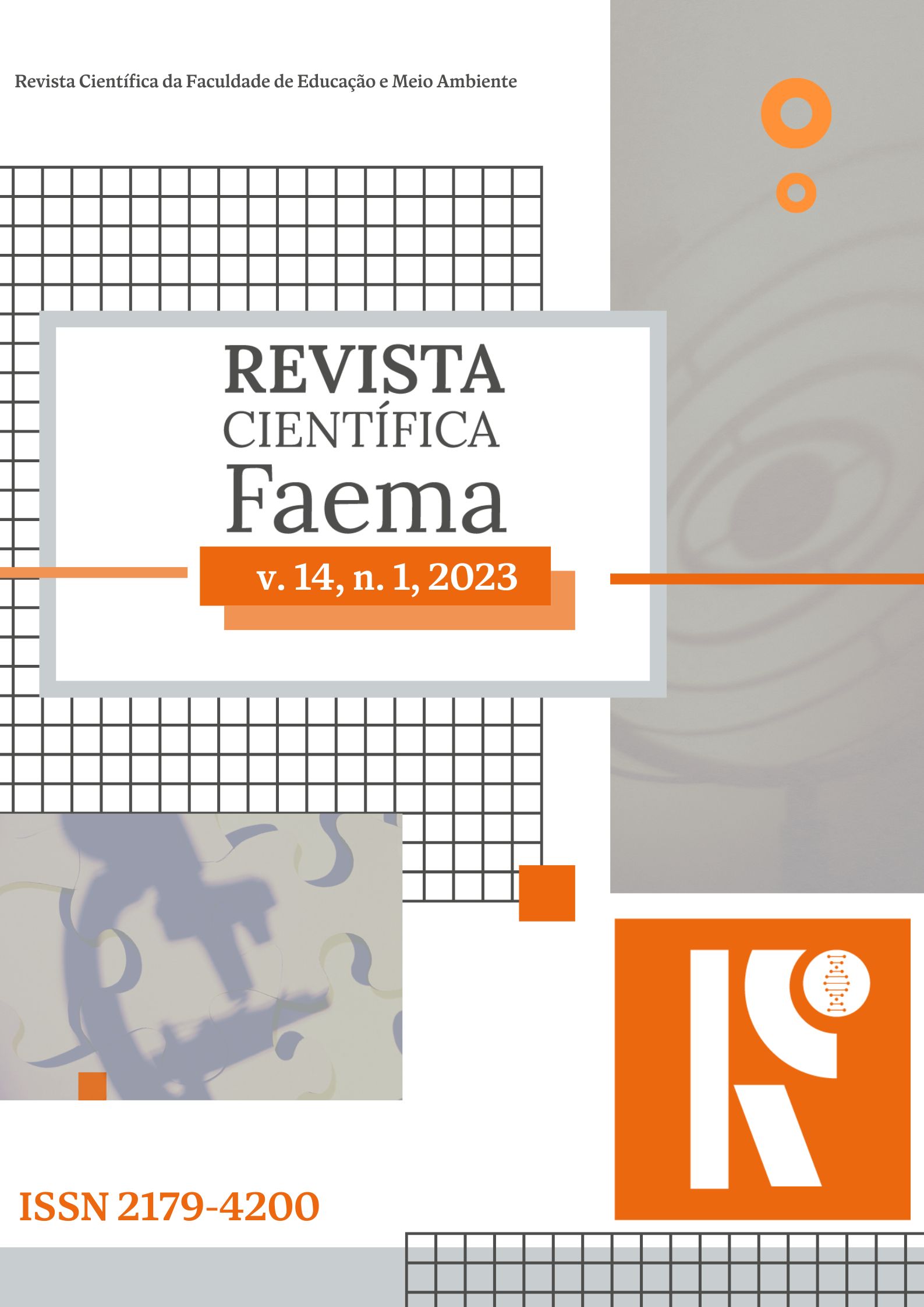NITROGEN FERTILIZATION IN THE DEVELOPMENT OF Brassica oleracea L.
Conteúdo do artigo principal
Resumo
Leaf kale is a crop that is widely consumed today due to the new ways of using it in cooking and its nutritional properties. However, the crop has a high requirement for nitrogen fertilization, so the excessive application of mineral fertilizers causes environmental impacts. Considering the importance of kale and its high nutritional requirement, the objective of this work was to evaluate the effect of organomineral fertilization on the development of kale cv. Butter. The treatments were distributed in randomized blocks, in a 2x4 factorial scheme, referring to two sources of nitrogen (urea and cattle manure) and four doses of fertilizers (0, 50, 100 and 150% of the dose of 120 kg ha-1 of nitrogen ) with three replications and during two growing seasons. The sources used were urea and bovine manure. Plant height, number of leaves, leaf area, stem diameter, fresh and dry mass of shoots were analyzed. The organomineral fertilization positively influenced the development of the aerial part. Cultivation season 1 favored the increase of the evaluated variables with a lower percentage of organomineral used. Greater number of leaves was achieved by using 150% (higher dose) of fertilizers in season 2.


